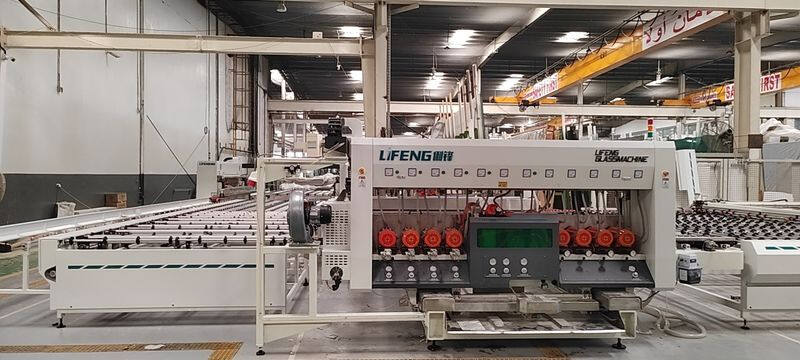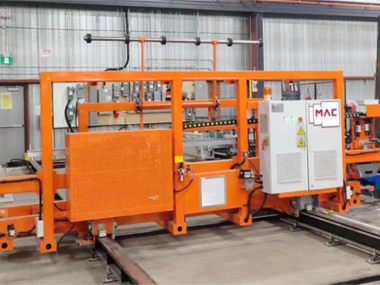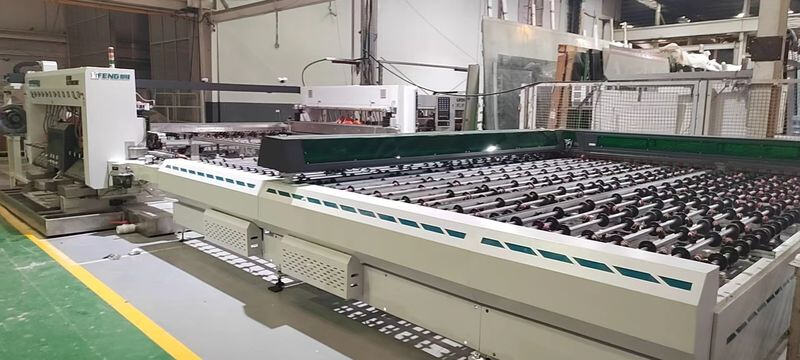abrasive water jet cutting
Abrasive water jet cutting is an advanced manufacturing process that harnesses the power of high-pressure water mixed with abrasive particles to cut through various materials with exceptional precision. This cutting-edge technology operates by forcing water through a small orifice at pressures reaching up to 94,000 PSI, creating a high-velocity water jet. When combined with abrasive particles, typically garnet, this powerful stream can effectively cut through materials ranging from metals and composites to stone and glass. The process is computer-controlled, allowing for intricate designs and precise cuts while maintaining material integrity. One of the most significant advantages of this technology is its cold-cutting nature, which eliminates heat-affected zones and prevents material distortion. The versatility of abrasive water jet cutting makes it invaluable across numerous industries, including aerospace, automotive manufacturing, and architectural applications. The system's ability to cut complex shapes with minimal material waste and high accuracy has revolutionized modern manufacturing processes.


